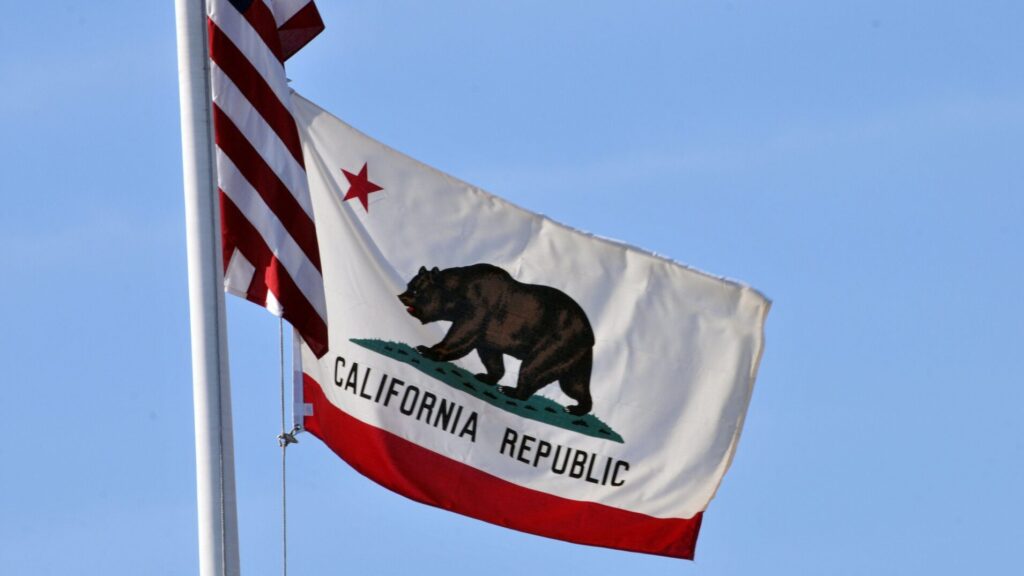California voters approved Proposition 50, a measure that lets the state Legislature take control of drawing district lines and sidestep the citizen redistricting commission, reshaping political maps with significant Democratic influence.
Voters in California passed Proposition 50 in a result that shifted the playing field for how district lines are drawn. The ballot initiative passed, according to multiple projections, with two-thirds of Californians supporting the measure with nearly half of votes reported. That margin gives lawmakers a clear mandate to rewrite the rules on redistricting.
Under the new arrangement, the Legislature gains a route to redraw congressional and legislative maps with less input from the independent redistricting commission. Critics argue this opens the door for maps to be engineered to benefit one party, reducing competition and diminishing voter influence. Supporters say elected officials are accountable and therefore should have a greater say in mapping.
From a Republican perspective, this is a worrying shift away from neutral, transparent mapping and toward overt partisan advantage. When lawmakers control lines, incumbents can be insulated and challengers squeezed out, which lowers the incentive to respond to constituents. That dynamic tends to weaken accountability and can leave many voters feeling cut off from real choice at the ballot box.
The immediate practical effect will be a redrawing cycle where Democrats in Sacramento can aim to protect seats and reshape districts to favor their priorities. That means fewer competitive districts and a Legislature with even less ideological diversity than before. Policy outcomes will likely reflect that shift, as safe districts reduce the need for compromise.
Legal and procedural questions could follow, since handing line-drawing power back to elected officials raises constitutional and statutory challenges. Opponents may pursue litigation arguing the change violates state or federal principles governing fair representation. Courts will be the next forum where the balance between political control and impartial mapping gets tested.
Beyond legal fights, the political fallout will ripple into candidate recruitment, fundraising, and campaign strategy for both parties. Republicans will face an uphill climb in districts redesigned to favor Democratic voters, forcing a strategic rethink about where to invest limited resources. Local activists and independent groups will also have to adapt their plans for outreach and elections.
National implications matter too, because California’s delegation to Congress and its state legislative makeup affect federal policy and the Electoral College math. A state that systematically reduces competition can shift political incentives in Washington, shaping legislation and appointments. That reality makes what happens in Sacramento relevant to the whole country.
Voters who wanted to protect the independent commission will now see how quickly elected officials move to take advantage of new authority, and voters who backed Proposition 50 will expect their representatives to use it. Either way, the contours of representation in California are about to change in ways that will be visible in the next round of maps. The coming months will reveal how aggressively lawmakers pursue those changes and how the public reacts.



